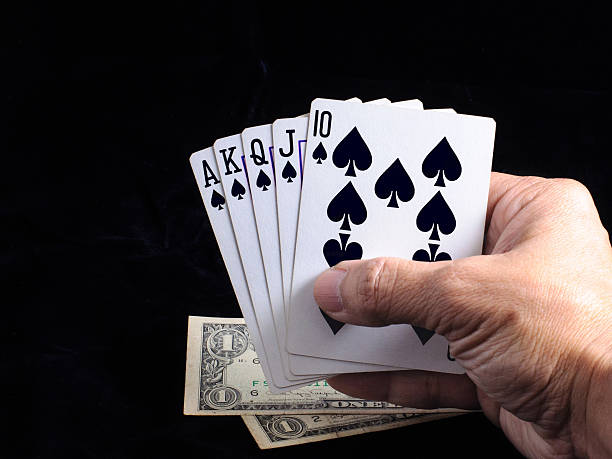Everyone will agree that rummy is an engaging game that offers top-notch amusement, whether you play it online or using a real deck of cards. The goal of all rummy games is to organize the cards that get into the proper sets and sequences per the rummy rules and to make a legitimate declaration. Planning and decision-making are involved in the strategic and thrilling game.
Indian Rummy is the most widely played variety of the card game rummy, which is very well-liked in India. Because of the game’s popularity, online competitions between fervent players from various locations have been made possible. People that play rummy online for cash on a rummy application are frequently rummy pros. Here are some fascinating tidbits about the card game rummy in case you’re interested in learning more about its history and development.
- Origins: Rummy is thought to have Mexican and Chinese roots and was created in the United States. Conquian, a Mexican card game played using Spanish playing cards, is referred to by the game historian and scholar David Parlett as the forerunner of the modern Rummy game. Chinese video game Khanhoo served as the inspiration for Conquian.
- Varied version: Indian rummy, or Paplu, is the variety of rummy that is most common in India. This game, which combines elements of both gin rummy and rummy 500, has slightly distinct rules. It is believed that South Asian rummy variant Celebes Rummy, also known as Rhuk, is where Indian rummy got its start. Due to rummy’s popularity in India, the nation now boasts a large number of online rummy sites wherein players can play for real money.
- Development of Canasta: Segundo Santos and Alberto Serrato created canasta, a well-known variation of rummy, in Uruguay in 1939. After rummy’s meteoric rise to fame in the first part of the 20th century, it was developed. Different varieties of the game swiftly made their way to Chile, Peru, Brazil, and Argentina, where they were widely played and appreciated. Josefina Artayeta de Viel later brought it to the U. S. in 1949, when it was recognized as Argentine rummy.
- Evolution and Popularity: The game has quickly developed into a complex range of unofficial games with muddled, interchangeable labels and rules as a result of its rising popularity. More than 60 other games that are derived from rummy are available. Among these are the several subcategories of melding, contract, and shedding games as well as canasta, knock rummy, rummoli, Chinese cards, and tile games. Rummy is regarded as the origin of contemporary card games because of this.
- Rummy Categories: Positive and negative rummy games can be broadly classified into two types. The goal of positive games is to merge as frequently as possible and only leave when one can profit the most. Merges carry credits and additional scores. Players only receive negative points in negative games for deadwood; melds are worth nothing. In general, the goal of negative matches is to score 0 or the minimum amount of points while quickly declaring one’s hand.
The Indian Supreme Court has ruled that rummy is a legitimate skill-based game that calls for player expertise. This also applies to cash rummy games. Online rummy games can be purchased, and this is entirely legal. Government income taxes apply to all profits, even those from a particular game that are extraordinarily substantial.









